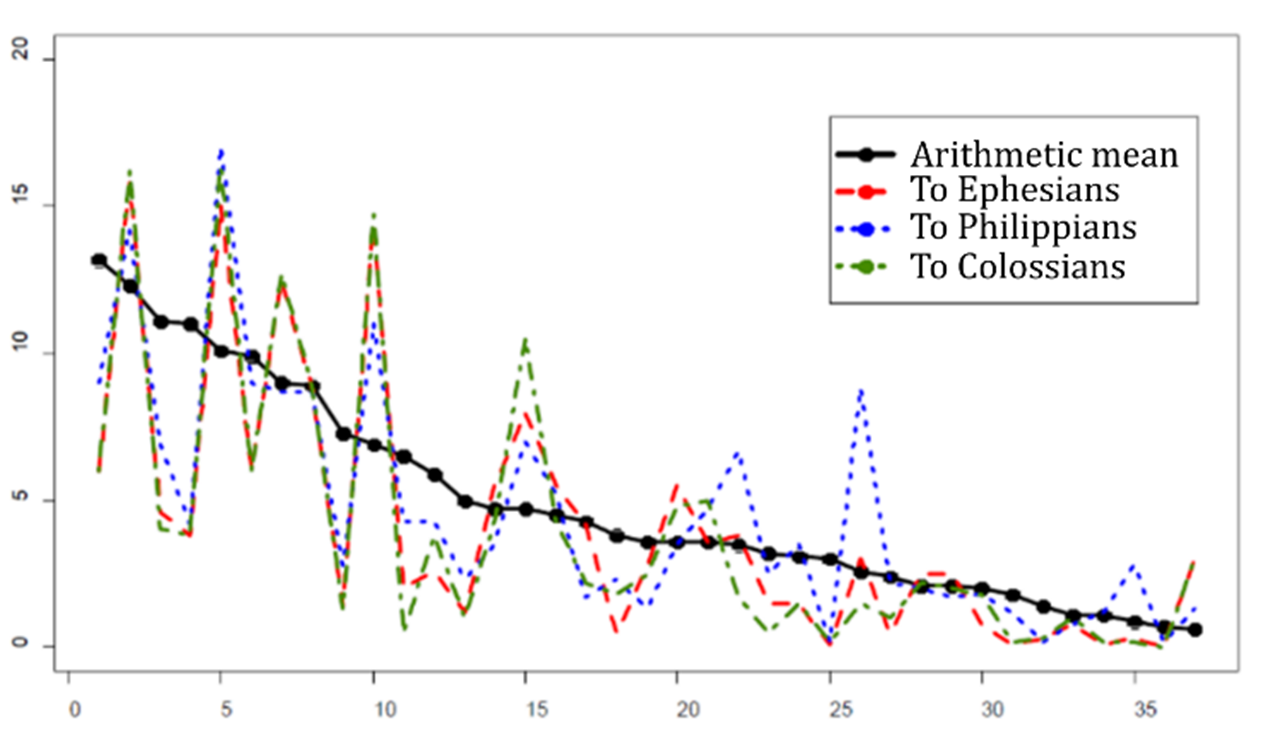Abstract
This lecture overviews the relation between AI, Religion and Theology. AI Science and Engineering is the response of humanity to the increasing complexity of our world. In this sense, it is a blessing, as it helps us tackle current scientific and societal challenges, e.g., in Medicine. However, if not properly regulated, it can easily become a curse and a source of many risks, e.g., to democratic governance due to its use in disinformation. Wong AI use can particularly affect vulnerable and/or young people. We already have recent negative examples of the misuse of Social Media, which can lead young people (and not only them) to what I call Generalized Online Cognitive and Emotional Disorder.
Naturally, AI intersects with all aspects of human activity, including Religion and sciences like Theology. It can be used as a tool, for instance, in the linguistic analysis of religious texts or the creation of new forms of religious art. Some religions, e.g., some Christian denominations are already attempting to use it in religious worship, with debatable success.
Of course, the study of matter/social complexity and its relation to human or artificial intelligence raises new philosophical and epistemological questions about what intelligence is, how it evolves, and what the opportunities and dangers are. Similarly, theological questions arise concerning the nature of Artificial Intelligence, even from a doctrinal perspective.
 Figure 1: Stylistic analysis of Apostle Paul’s Epistles.
Figure 1: Stylistic analysis of Apostle Paul’s Epistles.

Figure 2: SanTO ‘catholic’ robot.
Presentation
AI-Society-and-Religion-v1.0Lecture in Greek
Διάλεξη ‘Τεχνητή Νοημοσύνη, Κοινωνία και Θρησκεία‘
Περίληψη
Η Επιστήμη και Μηχανική της Τεχνητής Νοημοσύνης είναι η απάντηση της ανθρωπότητας στην αυξανόμενη πολυπλοκότητα του κόσμου. Με αυτή την έννοια, είναι ευλογία, διότι μας βοηθά να αντιμετωπίσουμε τρέχουσες επιστημονικές και κοινωνικές προκλήσεις, π.χ., στην Ιατρική. Αν όμως δεν ρυθμιστεί σωστά, μπορεί εύκολα να γίνει κατάρα και να αποτελέσει πηγή κινδύνων, π.χ., για το δημοκρατικό πολίτευμα λόγω της χρήσης της στην παραπληροφόρηση, ιδιαίτερα για τους νέους. Ήδη έχουμε τέτοια πρόσφατα αρνητικά παραδείγματα κακής χρήσης των Κοινωνικών Μέσων που μπορούν να οδηγήσουν νέους (και όχι μόνον) σε αυτό που ονομάζω Γενικευμένη Διαδικτυακή Γνωσιακή και Συναισθηματική Διαταραχή.
Φυσικά, η Τεχνητή Νοημοσύνη συναντάται με όλες τις εκφάνσεις της ανθρώπινης δραστηριότητας, μεταξύ των οποίων και την Θρησκεία και επιστήμες όπως η Θεολογία. Μπορεί να χρησιμοποιηθεί σαν εργαλείο, π.χ., για την γλωσσική ανάλυση θρησκευτικών κειμένων ή για την δημιουργία νέων μορφών θρησκευτικής τέχνης. Ορισμένες θρησκείες, π.χ., μερικά Χριστιανικά δόγματα ήδη προσπαθούν να την χρησιμοποιήσουν στην θρησκευτική λατρεία με συζητήσιμη επιτυχία. Φυσικά, η μελέτη της πολυπλοκότητας και της σχετιζόμενης νοημοσύνης (ανθρώπινης ή τεχνητής) βάζει νέα φιλοσοφικά και επιστημολογικά ερωτήματα για το τι είναι νοημοσύνη, πως εξελίσσεται, ποιες είναι οι ευκαιρίες και οι κίνδυνοι. Αντίστοιχα, εμφανίζονται και θεολογικά ερωτήματα για την φύση της Τεχνητής Νοημοσύνης, ακόμα και από δογματική σκοπιά.
Bibliography
- I. Pitas, “Artificial Intelligence Science and Society Part A: Introduction to AI Science and Information Technology” https://www.amazon.com/dp/9609156460?ref_=pe_3052080_397514860
- I. Pitas, “Artificial Intelligence Science and Society Part B: AI Science, Mind and Humans” https://www.amazon.com/dp/9609156479?ref_=pe_3052080_397514860
- I. Pitas, “Artificial Intelligence Science and Society Part C: AI Science and Society” https://www.amazon.com/dp/9609156487?ref_=pe_3052080_397514860
- I. Pitas, “Artificial Intelligence Science and Society Part D: AI Science and the Environment” https://www.amazon.com/dp/9609156495?ref_=pe_3052080_397514860
